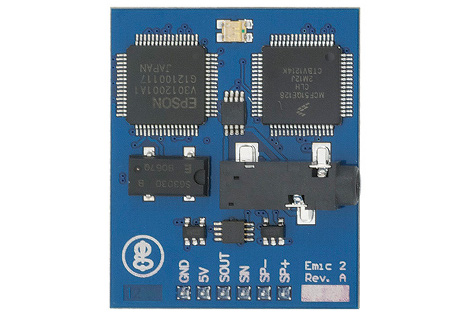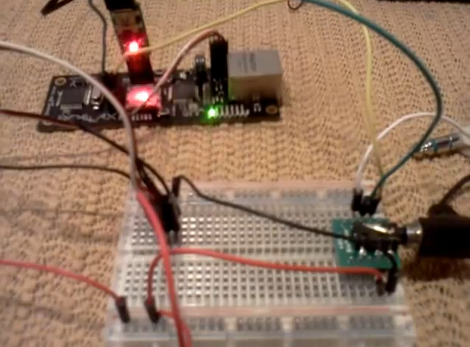
If there wasn’t reason enough to love the Parallax Propeller, now you can listen to chiptunes with your own pocket SID audio player.
This chiptune audio player uses the very unusual and very cool eight-core Parallax Propeller microcontroller. After soldering a few caps and resistors to a Propeller dev board to allow for audio out, the only thing necessary to play SID music files is a bit of code and an SD card breakout.
The key piece of code for this build would be the SIDcog object written by [Johannes Ahlebrand] this piece of code turns one of the eight cores in the Propeller into a virtual version of the classic Commodore 64 sound chip.
Since the SIDcog object only takes up one core on the eight core Propeller, it could be possible to turn this SID player into an all-inclusive chiptune audio source; the addition of an Atari POKEY or FM synthesis cog would allow for just about any conceivable chiptune sound to be carried around in a pocket.
No Hackaday post about chiptunes or SIDs would be complete without an audio demo, so you can check out the Propeller-powered SID after the break.
Continue reading “Propeller Turned Into Chiptune Player With A Software SID”

















